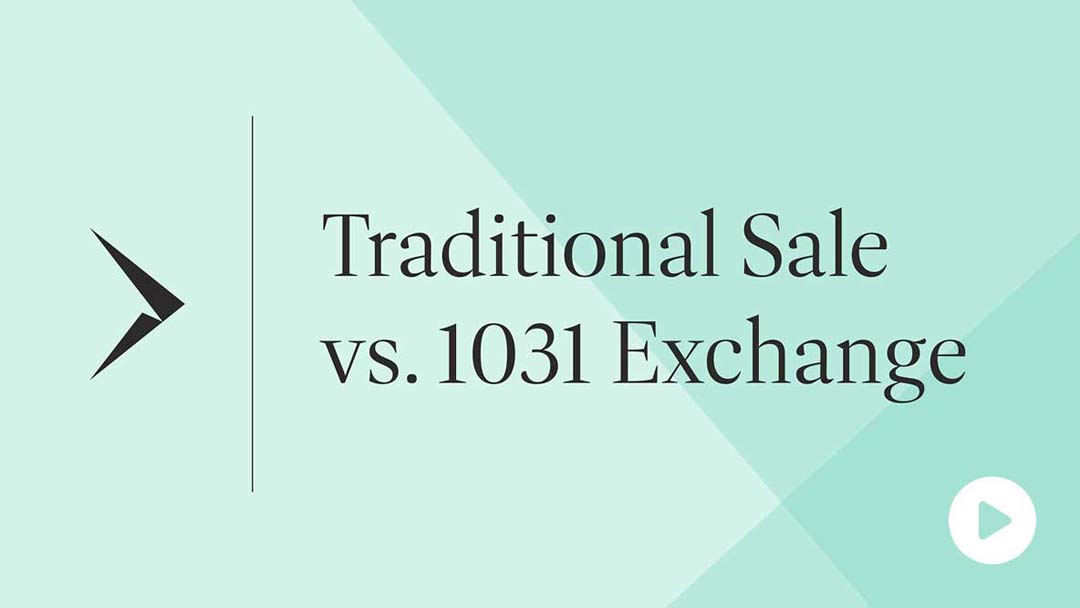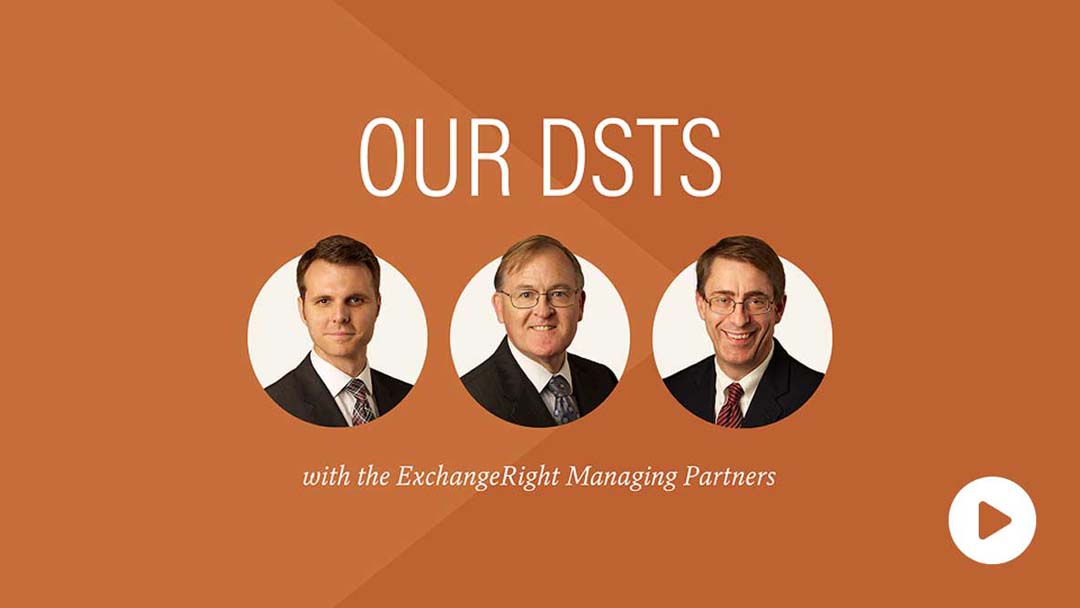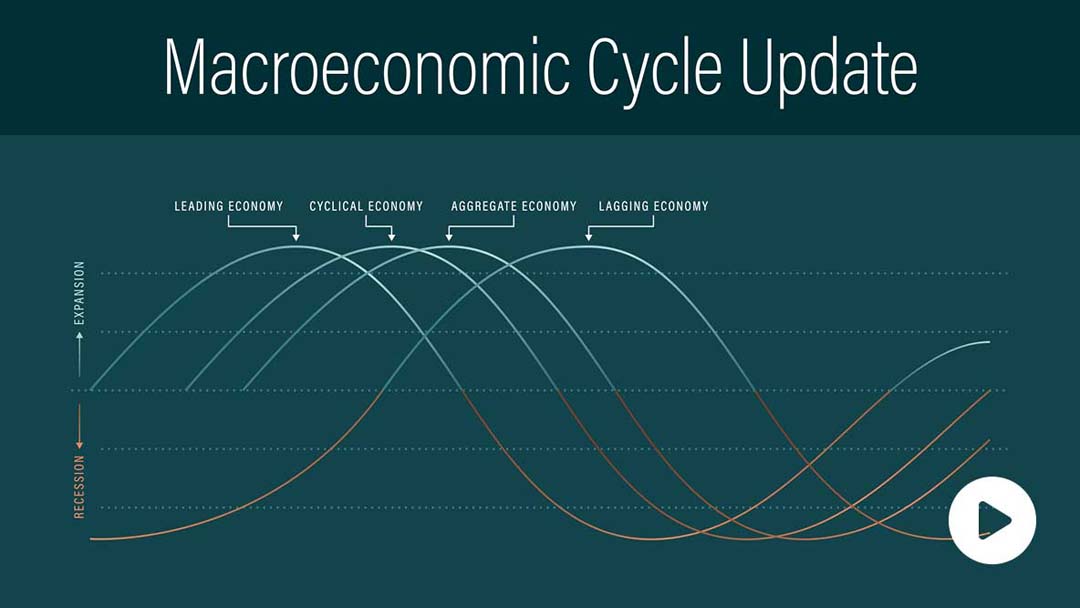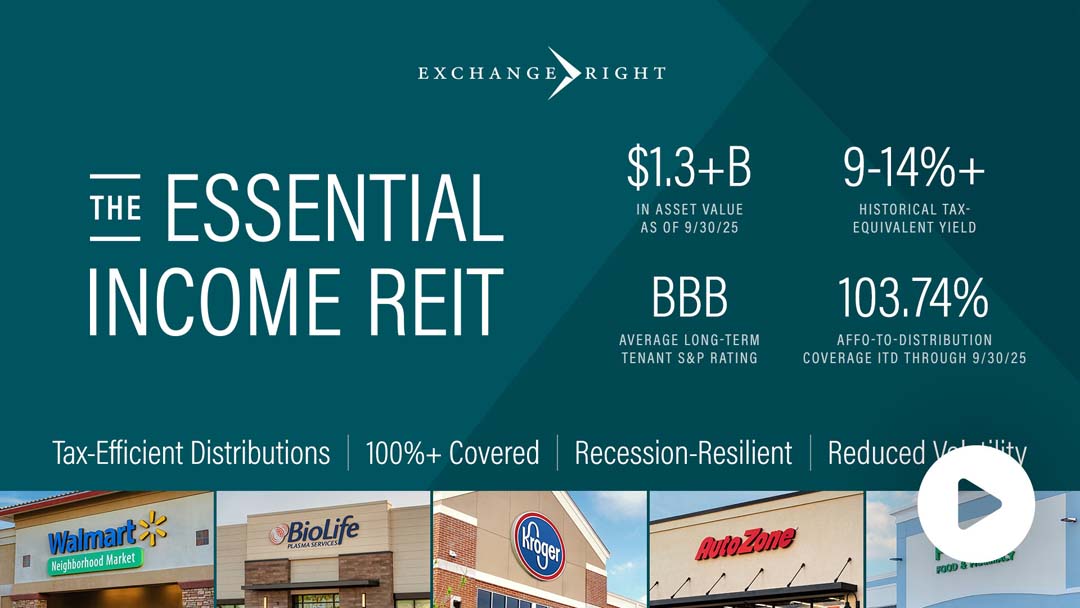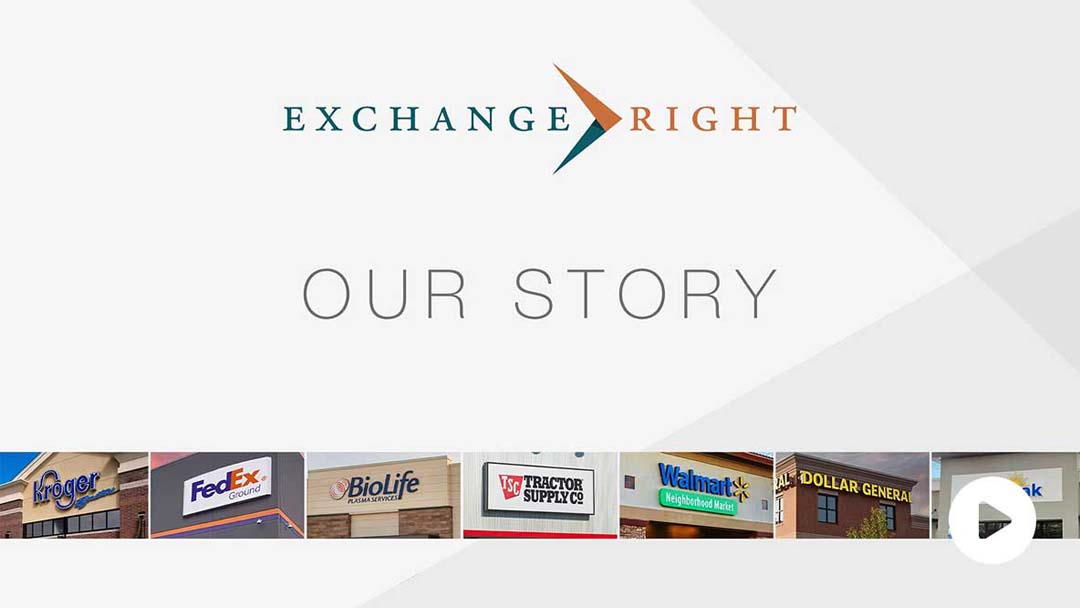Tax-Deferred 1031 & 721 Exchange Solutions
Help your clients defer taxes, achieve stable monthly income, protect and grow capital, and optimize estate planning benefits with investment real estate.
Real Estate Wealth Management Resources
Share of Wealth by Generation
Over $23 trillion of real estate is held by investors in or near retirement who need to solve tax burdens as they transition to passive income-producing real estate.
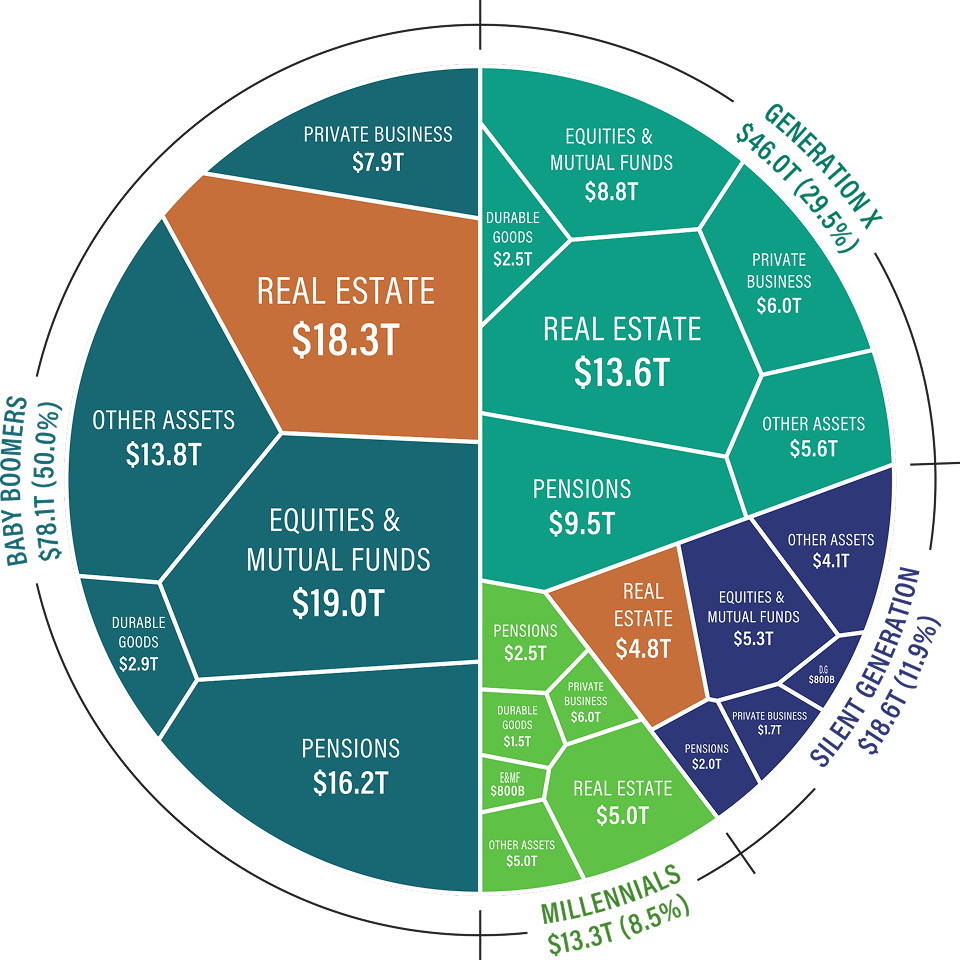
The step-by-step guide below will help your clients defer 100% of their capital gains and depreciation recapture taxes by utilizing institutionally managed commercial real estate designed to:
defer upfront, ongoing, and future taxes,
achieve stable monthly income,
reduce management burdens and volatility,
access additional growth and future liquidity potential, and
enhance estate planning benefits.
Contact us to see if your clients qualify for a 1031 or 721 exchange or could benefit from the tax-advantaged income and growth options we offer.
Over 7,500 accredited investors and their advisors have entrusted ExchangeRight with the stewardship of their wealth and more than 30% of the capital invested into our offerings on average come from the Managing Partners' own long-term clients. This experience provides strong alignment of interest with the goals and needs of investors, directly shaping how we structure and manage our investments.
Common Investor Needs
Tax Deferral
Tax Deferral
Investors are increasingly seeking strategies to grow their tax-advantaged income with DSTs and REITs, and can defer 100% of their capital gains and depreciation recapture taxes with careful 1031 and 721 exchange planning.
Capital Preservation
Capital Preservation
Preserving principal investment capital is paramount for investors who have spent decades or even generations building and protecting their wealth, especially given the reduced time horizon available to recover from a material capital loss for investors who are in or nearing retirement.
Stable Income
Stable Income
The vast majority of investors we work with are looking for stable, tax-advantaged income that they can rely on throughout their entire hold period, regardless of market or economic conditions.
Strategic Exits for Estate Planning Needs
Strategic Exits for Estate Planning Needs
Investors desire options to tailor their exit strategy to maximize the deferral or elimination of taxes, and to meet their and their heirs' future investment, income, and estate planning needs.
Tax-Advantaged Solutions Structured
to Meet Investor Needs
Defer Taxes with a 1031 Exchange
Selling property held for investment or business can trigger taxes exceeding 35% of capital gains. A 1031 exchange can help defer all of those taxes so that investors keep all of their equity working on their behalf. Each investor’s tax situation is unique, so consult their CPA and our 1031 specialists throughout the process.
Sale Without a 1031 Exchange
For example, if you sell an investment property for $3.5 million which was originally purchased for $500,000, you would realize $3.0 million in capital gains. Approximately 35%+ of this gain, $1.05 million, may be owed in capital gains taxes, leaving only $2.45 million available to reinvest after taxes without a 1031 exchange.

Sale With a 1031 Exchange
Using a 1031 exchange to reinvest the proceeds from the sale of an investment property can defer all capital gains and depreciation recapture taxes, preserving 100% of your capital for the next investment opportunity and increasing your total income and return potential.

How to Complete a Successful 1031 Exchange
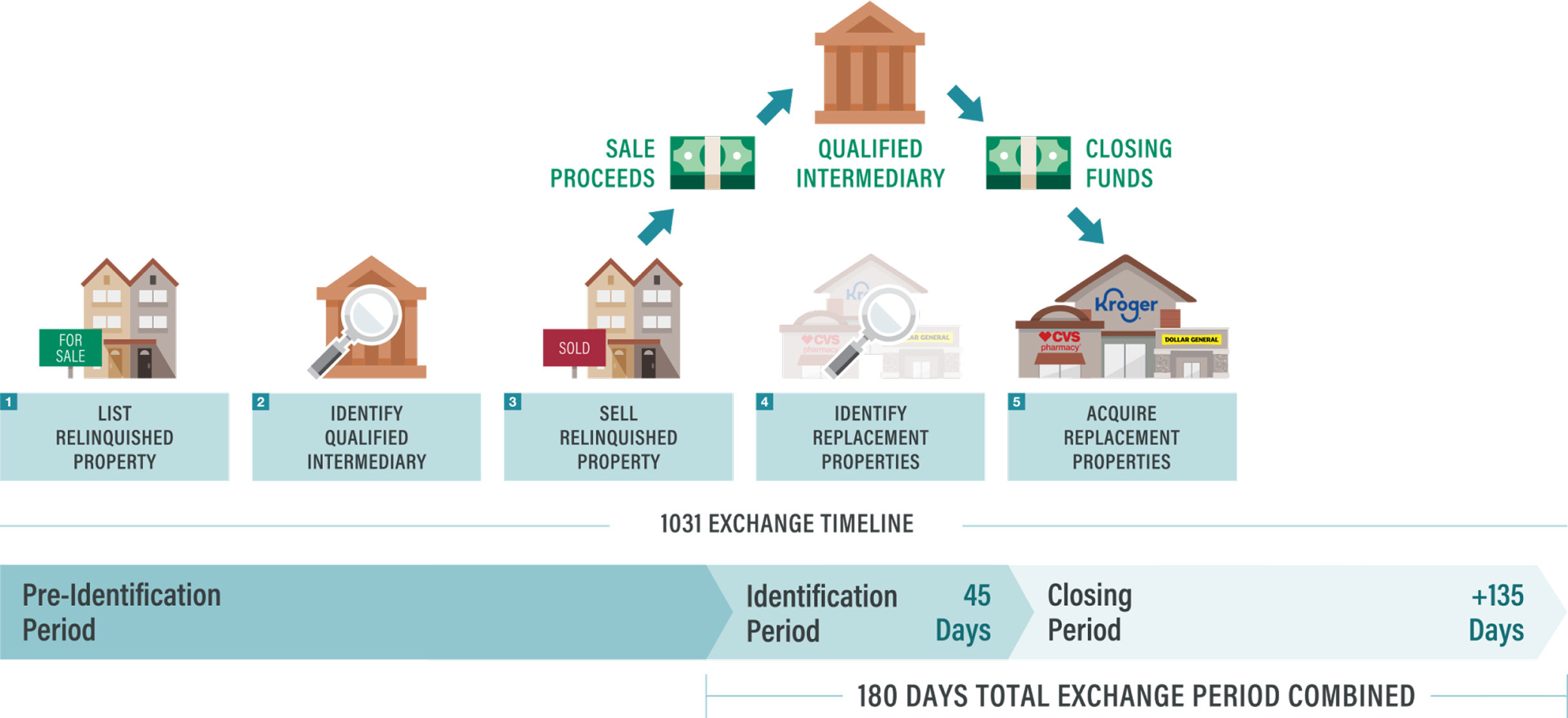
The IRS provides rules that investors must follow to defer their taxes via 1031 exchange. Though we have outlined the basics of a standard 1031 exchange below, each investor’s case is unique and it is best for advisors or representatives to work with their clients’ CPA and with one of our 1031 specialists to leverage our decades of experience and expertise to help you to help navigate each 1031 exchange every step of the way.
- The ideal time to explore your 1031 exchange options is before your client sells their property, however, we can still help your clients successfully complete their exchange and defer their taxes through day 45 of their identification period that follows the sale of their property.
- You must use a Qualified Intermediary to hold the proceeds of your sale at closing. Failure to do this will result in a failed exchange, which is irreversible. We can refer your client to many of the top national firms that work with us to provide this service.
- Make sure your contract indicates your client’s intent to complete a 1031 exchange prior to closing. This can be as simple as including the following sentence in your contract: “Seller intends to complete a 1031 exchange with the proceeds from the sale.”
- You have 45 days from the date of sale to identify the investments that your clients intend to use to complete the exchange. There are several IRS rules that must be followed at this stage that we can help your clients navigate to ensure they defer 100% of their taxes.
- You have 135 days after your 45-day identification period to close any of the investments your clients have identified for their exchange. That said, we help the vast majority of investors complete their exchange almost immediately after their 45-day period starts to eliminate the risks of a failed exchange and to begin earning monthly income as soon as possible after their sale.
Utilizing DSTs in 1031 and 721 Exchanges
Your accredited clients who need stable, passive income and relief from the burdens of management can use a Delaware Statutory Trust (DST) to complete their 1031 exchange. Some DSTs provide investors with tax-deferred access to a REIT upon exit via 721 exchange, which is covered in more detail below.
According to IRS Revenue Ruling 2004-86, a properly structured DST investment can qualify for 1031 exchange tax deferral. With a DST, investors own shares of a diversified portfolio of income-producing real estate that is institutionally managed on their behalf. The DST holds title to real estate and is structured to shield its owners from personal liability, while entitling them to a pro rata share of the rental income, tax deductions, long-term growth potential, and estate planning benefits of the underlying real estate.
Potential Features of Delaware Statutory Trusts
Can Be Diversified Across Multiple Properties or Portfolios
Structured to Avoid the Burdens of Management
Can be Diversified Across the Nation and by Asset Class
Structured to Provide Stable Monthly Income
Limited Liability and Non-Recourse Financing (If Debt is Needed)
Investment Amount Customized to Fit Exactly What is Needed
Investors Can Close Escrow in as Few as 1-3 days
Multiple Exit Options Including Access to a REIT
Gain Tax-Deferred Access to a REIT Via 721 Exchange
721 Exchange investors can benefit from the upfront tax deferral, stable income, capital preservation, and exit optionality of the DST, and then can gain tax-deferred access to an even more broadly diversified REIT structured to provide monthly income, capital preservation, additional growth potential, quarterly liquidity, and enhanced estate planning benefits.
Potential Benefits of a 721 Exchange into a REIT
Increased Return Potential
Increased Return Potential
from the REIT
Enhanced Diversification
Increased Diversification and Scale Intended to Reduce Risk
Long-Term Growth Potential
Access to a Growing Portfolio that May Enhance Investor Value
Quarterly Redemptions
Access to the REIT’s Quarterly Redemption Program
Dividend Reinvestment Option
Reinvest Dividends at a Discounted Price to Potentially Compound Returns
Composite Tax Filing
May Reduce Tax Filings Associated with Broader Diversification
Tax Benefits for Heirs
Retained Step-Up in Basis to Eliminate Past Capital Gains Tax for Heirs
Divisibility for Estate Planning
Ease of Divisibility of Shares for Estate Planning Purposes
Selecting the Right Asset Classes Based on the Macroeconomic Cycle
Click here to access our latest macroeconomic update. Learn how we serve the needs of your clients by selecting the right real estate for our DSTs based on where we are in the macroeconomic cycle.
ExchangeRight’s Net-Leased DSTs
Begin with the End in Mind: Our Aggregation Strategy
We seek to enhance value, reduce risk, and optimize estate planning benefits through our aggregation strategy. This process begins with the formation of DSTs for 1031 and 721 investors and culminates in the aggregation of these properties into an even more diversified income-producing portfolio, the Essential Income REIT.
Summary of ExchangeRight’s Essential Income REIT
Industry Allocation
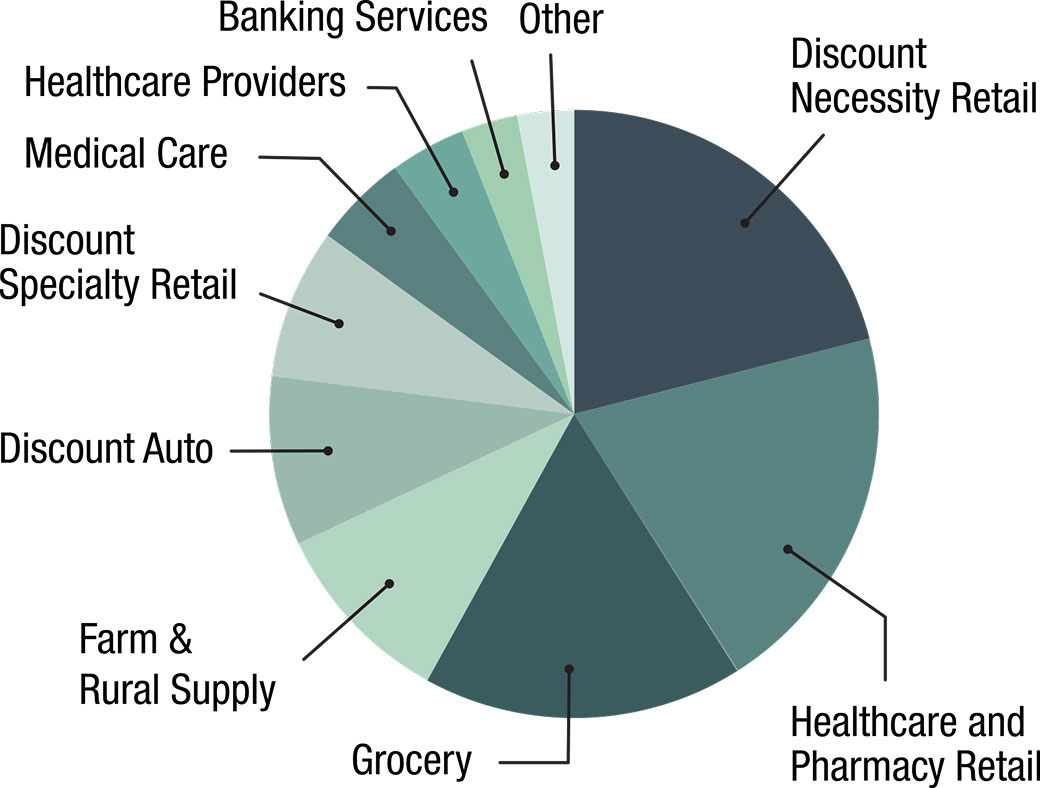
1Tax-Equivalent Yields are based on 2024 results, current offering price, a 37% and 8% federal and state income tax rates, and a 3.8% Medicare surcharge tax. Exact tax-equivalent yields will vary by investor. 2AFFO refers to “Adjusted Funds from Operations” and ITD refers to “Inception-to-Date.” 3The average long-term S&P credit rating is presented as a simple average of the credit ratings of the REIT’s tenants with publicly rated debt.
All information is as of 9/30/25 unless otherwise stated. Cash flow distribution is calculated by multiplying the current monthly investor distribution by 12, then dividing the result by the investment offering price. Past performance of the Sponsor, Tenants, and past offerings does not guarantee future results.
Click the link below if you are interested in reviewing the Essential Income REIT on behalf of your clients.
The Essential Income REITPerformance of ExchangeRight’s Aggregation Strategy
DST Platform
REIT Platform
January 2023–June 2025 Across 50 Properties and 11 Tenants

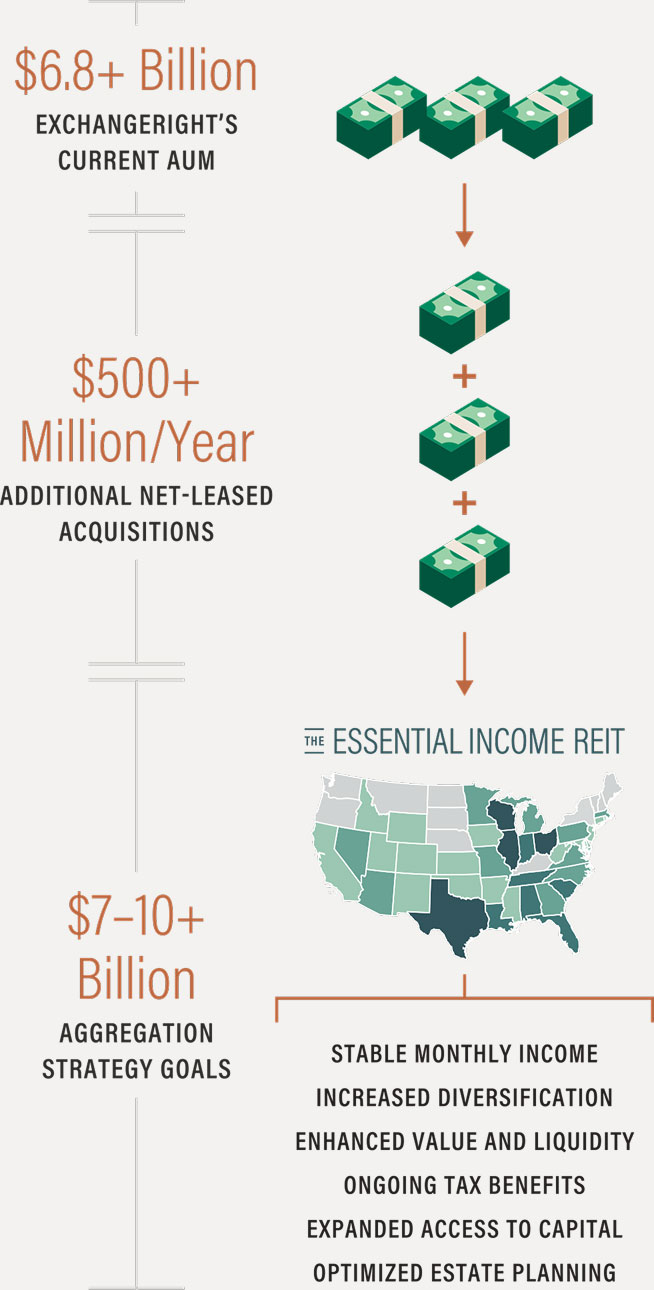
About ExchangeRight
For over two decades, ExchangeRight’s Managing Partners have dedicated themselves to solving the unique challenges facing investors who need tax deferral, capital preservation, dependable passive income, and optimized estate planning options.
Our conservative, investor-centric strategy is informed by hard lessons learned as wealth managers through the Great Recession about which assets, portfolios, and wealth-management strategies can protect investors through even the most difficult economic cycles.
Our approach has resulted in a track record that is unparalleled in the industry, with 34 full-cycle events and 100% of all past and current offerings across more than $6.8 billion of assets under management meeting or exceeding projections since ExchangeRight’s inception.


